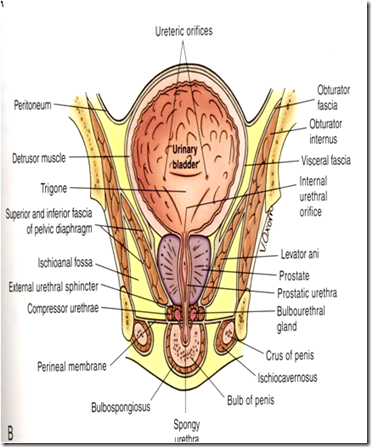
There is one thing most individuals know who have suffered a Bladder Infection – Symptoms ( Urinary Tract Infection ) are quite unpleasant. Most sufferers are women, and infections are very common. in some cases problems can go unnoticed which can lead to serious harm to the organs. therefore, it is very important to recognize the key manifestations of an infection.
The major culprit in these cases is Escherichia coli bacterial strains. these are the bacteria that are normally found in the colon. but other bacteria can also be responsible, including Klebsiella, Enterobacter, Staphlococcus, and others. Sometimes even fungi or parasites can cause a bladder infection to take place.
Certain individuals are more at risk than others. Anatomical abnormalities of the urinary tract that impede the flow of urine increase the risk of complications. further, urethral strictures, kidney stones, and enlarged prostates also elevate risk. this is because urine flow is responsible for cleansing the tract. Pathogens must move against this steady flow to reach the bladder, ureters or kidneys. Because the urethra in women is shorter, they are more prone to repeat infections.
Depending on the individual, symptoms vary. some may have no symptoms at all, or only mild versions which clear up on their own. however, most people need medication to alleviate them of multiple unpleasant sensations. The most common of these are an urge to urinate and a pain or burning sensation upon urinating.
Urine is usually cloudy or red if it contains blood. Urine may also have a strong and foul odor. Women often describe feeling bloated and experience abdominal discomfort. Unusual discharges are present in both men and women suffering from infections. Men can also experience abdominal, rectal, penile, or testicular pain in addition.
Affected children often have blood show up in their urine. in addition to this, abdominal pain, fever and vomiting also generally occur. The tell tale symptom of an urgency to urinate and pain with urination is also seen in children.
Signs of problems are different for infants and elderly individuals. Infants may get fevers or show signs of hypothermia, vomiting, jaundice, diarrhea or loss of appetite. The elderly typically lack symptoms or have only very mild versions. this prevents detection until they become substantially weak, confused or lethargic.
Patients suspected of having a bladder infection are asked for a urine sample. The levels of leukocytes, bacteria, and nitrites generally confirm or disprove a diagnosis. Sometimes other tests may be ordered as well, such as blood sample tests.
Bladder infections may be caused by bacteria, fungi, or parasites of different types. some individuals may experience no major symptoms while most individuals experience quite a few. an urgency to urinate and pain or burning associated with urination are the major identifying signs. in addition to these, cloudy foul smelling urine, and unusual discharge also often occur. in very young or very old individuals, detection is more difficult as signs are either diverse or nonexistent. if symptoms are experienced or complications are suspected a doctor should be notified.
Best Of LuckSemmy BuckBladderInfection-Symptoms.com